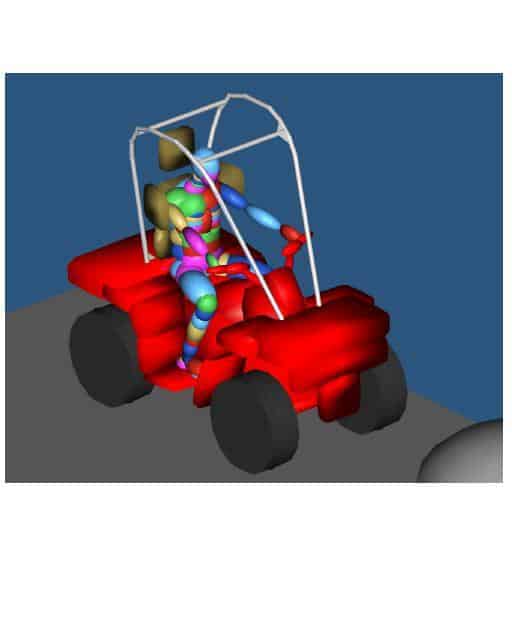The 6th annual Safe Work Australia awards concluded a couple of hours ago. The event was an opportunity to meet Australians prominent in the safety profession, celebrate innovation and to acknowledge individual efforts. The winners’ achievements were largely significant but there are problems with the OHS award processes across Australia and the Safe Work Australia Awards reflected some of these.
 The event, held at Parliament House, included a good collection of corporate, legal and government decision-makers in the audience of 350 guests. The Industrial Relations Minister, Chris Evans, delegated Senator Jacinta Collins (media statement available HERE) to attend the function and she expressed a rudimentary understanding of workplace health and safety. She, like many others, stated that “all workplace incidents are preventable”, a statement whose value is becoming dubious. If safety professionals desire evidence-based decision making, someone needs to research the “preventable” statement as it risks creating unreasonable expectations of safety in the community, if it has not already.
The event, held at Parliament House, included a good collection of corporate, legal and government decision-makers in the audience of 350 guests. The Industrial Relations Minister, Chris Evans, delegated Senator Jacinta Collins (media statement available HERE) to attend the function and she expressed a rudimentary understanding of workplace health and safety. She, like many others, stated that “all workplace incidents are preventable”, a statement whose value is becoming dubious. If safety professionals desire evidence-based decision making, someone needs to research the “preventable” statement as it risks creating unreasonable expectations of safety in the community, if it has not already.
Category 1: Best Workplace Health and Safety Management System
- Private Sector – Ballina Bypass Alliance
- Public Sector – Courts Administration Authority
Category 2: Best Solution to an Identified Workplace Health and Safety Issue – CSIRO Livestock Industries Continue reading “Australian safety awards are important but require rebooting”

 The majority of workers in Australia work in small workplaces where (typically) practical OHS programs are regarded by managers as a nuisance, a bit of ‘over-the-top’ nonsense that slows down productivity. It’s regarded as an irritant of fashion that will pass, like the fashion-related, politically correct things to say.
The majority of workers in Australia work in small workplaces where (typically) practical OHS programs are regarded by managers as a nuisance, a bit of ‘over-the-top’ nonsense that slows down productivity. It’s regarded as an irritant of fashion that will pass, like the fashion-related, politically correct things to say. 

 SafetyAtWorkBlog has been following the discussions about
SafetyAtWorkBlog has been following the discussions about